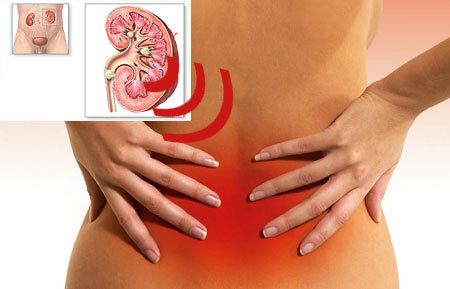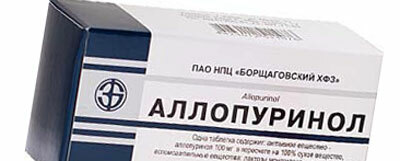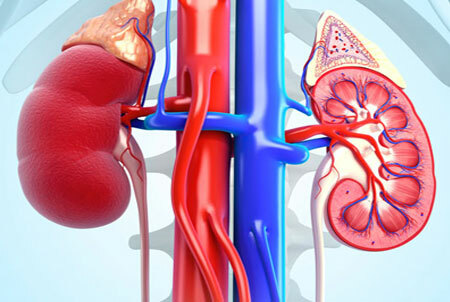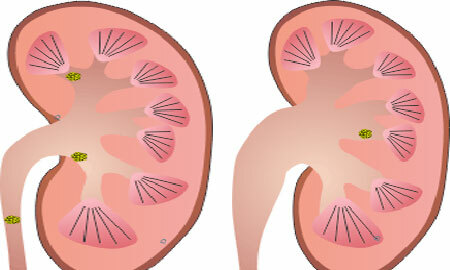One of the initial manifestations of urolithiasis is the presence of sand in the kidneys. This is one of the most common urological diseases that is encountered by about 3% of the world's population. Most often these are people of 20-50 years of working age, so the approaches to treatment and diagnosis are constantly being improved.
Many factors can contribute to the onset of urolithiasis and the appearance of sand in the kidneys:
- The disturbance of metabolic processes in the body is the main reason for the appearance of this pathology.
- Diseases of internal secretion organs( thyroid, pancreas).The normal level of the synthesis of hormones is broken, which causes the processes of stone formation.
- Diseases of the digestive tract( liver pathology, impaired calcium absorption, etc.).
- Hereditary predisposition.
- Infections and intoxication of the body. There is a violation of acid-base balance, which leads to the formation of precipitation of salts of uric acid in the precipitate.
- Congenital and acquired kidney diseases( structural anomalies, inflammation, etc.).All these diseases lead to stagnation of urine, the salts of which crystallize and precipitate in the form of sand. The longer the pathological process proceeds, the stronger its formation begins.
- In the appearance of sand in the kidneys in women, an additional risk factor may be hormonal adjustment during pregnancy and menopause. In men, problems with the prostate lead to the development of inflammation of the kidneys( pyelonephritis), which contributes to the appearance of sand.
- A certain role is assigned to social and living conditions, nutrition and climatic zone of residence. So, in countries with a hot and humid climate, this process develops more often.
- Injury of the lumbar region.

Important! Among the contributing factors, low physical activity and prolonged stay in the supine position( after operations, injuries).
Contents
- 1 How is sand formed in the kidneys?
- 2 Symptoms of kidney sand in women
- 3 Treatment of kidney sand, drugs
- 4 Folk treatment at home
- 5 Diet
- 6 Features of pregnancy
How does sand in the kidneys form?
The formation of sand in the kidneys is directly related to urinary processes. Urine is a solution that is saturated with various salts. Healthy kidneys normally produce substances that prevent precipitation of salts and formation of stones.
The composition of these salts depends on human nutrition, living conditions, individual characteristics of the organism and other factors. They all have a certain dissolution ratio.
Sand formation processes begin in the renal tubules. If they are damaged( inflammation, trauma, infection), then the production of protective substances that dissolve salts also decreases. Thus, sand is formed, which can give rise to the process of stone formation.
Symptoms of kidney sand in women

The presence of sand and kidney stones is not always accompanied by the appearance of symptoms and pain. It depends on the amount of sand, the size of the stones, their position, shape and other factors.
Consider the most pronounced symptoms of kidney sand in women:
- Drawing, aching pain in the lumbar region, which can disappear after a change in body position;
- Acute pain in the kidney area with urolithiasis occurs only with renal colic. This condition, when the stone clogs the upper urinary tract and there is a violation of the outflow of urine. This attack lasts for several hours and a day and is characterized by intolerable pain in the groin, waist, abdomen and external genitals;
- Excretion of sand with urine;
- Micro and macrohematuria( if the stone injured the urinary tract);
- Problems with urination. When sand or stones migrate from the kidneys to the urinary tract and block the urinary tract in the patient;
Symptoms of kidney sand in men are similar to those of women. Men often have problems with urination, false urge to urinate due to the peculiarities of the structure of the urinary canal.
Treatment of sand in the kidneys, preparations

Treatment of sand in the kidneys must be complex and largely depends on the cause of its occurrence. Medical treatment is directed to:
- Elimination of the inflammatory process( antibiotics, anti-inflammatory drugs);
- Treatment of promoting somatic diseases( diabetes mellitus, endocrine pathology);
- Diuretics;
- Remedies for stones and sand in the kidneys( Allopurinol, Tsiston, Blemaren, etc.).Each of these drugs, affects certain types of stones( oxalates, urates, etc.) and has a number of contraindications for use. Before use, consult a specialist;
- Homeopathic remedies.
Folk treatment at home
Treatment of sand in the kidneys at home is possible with the help of traditional medicine. The peculiarity of such therapy is that it is selected by a specialist and used as an additional method of treatment along with medication.
It is recommended to use herbal medicinal herbs that have natural diuretic properties: leaves of cowberry, bearberry, horsetail, parsley, juniper and others.
- In addition, use natural antiseptics for inflammatory and stagnant phenomena in the kidneys: chamomile, string, calendula and others.
A good effect is provided by urological herbal preparations and teas, which already include the main herbs, which have their therapeutic effect and help to remove sand from the kidneys.
Diet

Positive effect on the properties of urine has a special diet. When choosing it, take into account the accompanying illnesses of the patient, the acidity of urine and the nature of the stones.
If you want to give urine alkaline properties( with urate stones), then choose a milky-vegetable type of diet. The menu should be dominated by fruits, vegetables, juices, dairy products. Limit the consumption of meat dishes, eggs, chocolate and confectionery.
If you need to "acidify" urine( with phosphate stones), then the diet is dominated by meat, fish, eggs, and consumption of milk and vegetables is reduced. In addition, the menu includes products with a natural diuretic effect: watermelons, melons, dill, cucumber, cabbage and others.
Features during pregnancy
During pregnancy, kidney sand can cause a lot of discomfort to a future mother. The reason for this is the propensity of a pregnant woman to develop pyelonephritis, hormonal restructuring and other features of this period.
Prevention of urolithiasis is desirable at the planning stage of the child. If this was not done, then relieve the pain will help spasmolytics( No-shpa after consulting with a gynecologist), and adjust the disease will be through diet and authorized diuretics.
The development of pyelonephritis will require antibiotics.
Sand in the kidneys - this is the first signal that there is a violation of metabolic processes in the body. To prevent and treat this condition better at the initial stage, in order to avoid the development of complications.



